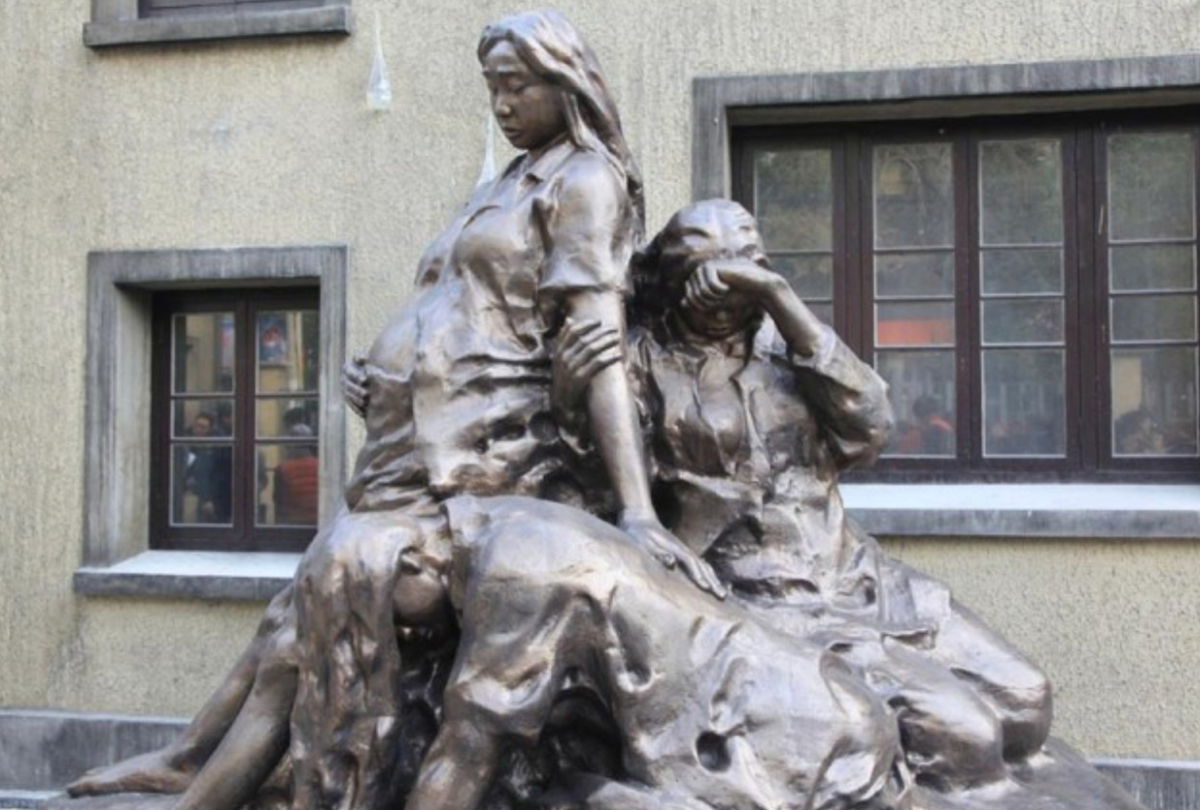By Helen Zhang, Columbia University '20
Advised by Professor Jungwon Kim
Edited by Jisoo Choi, Emma Sargent, and Lee Johns
INTRODUCTION
In 1924, Kim Hak-Soon was born in Jilin, Manchuria. When she was three months old, her father died. Her mother brought her back to Korea and soon remarried. When Kim was fifteen, her mother sent her to another family as a foster child. When she was seventeen, her stepfather brought her with him on a business trip to China. During this trip, a group of Japanese soldiers kidnapped Kim and transported her to a comfort station to be a sex slave for the next five years. When she encountered a Korean man, she seized this opportunity and pled with him to assist her to escape. She ended up marrying him, and returned to Korea in 1945. After the war, Kim became a widow and soon remarried a man who insulted and beat her, and blamed her for having a “disgraceful past.” After her son passed away in an accident, she left her husband and bounced between different menial jobs,struggling to survive.Throughout her life,pain and shame caused her to conceal her traumatic past. Finally, on December 6, 1991, Kim became the first comfort woman to step forward and file a lawsuit against the Japanese government, bringing to light the comfort women’s enslavement by the Japanese army during the war and their continued suffering after the war.
In the 1930s, two philosophies guided Japan’s society: fascism and militarism. Spurred by its successes in the Sino-Japanese and Russo-Japanese wars, Japan founded the Manchukuo regime in China in March of 1932. Two decades earlier, in 1910, Japan had also officially incorporated Korea into its empire. Not satisfied with these new territories, Japan aimed to continue its empire-building process as a means of establishing its authority on the world’s political stage. By 1935, Japan had begun its “holy war” with China, mobilizing its entire nation and significantly increasing its number of soldiers overseas. As a way to relieve these soldiers’ tensions during war, the Imperial Army and Navy overseas demanded that Tokyo create a channel for them to quickly and easily access sex slaves. As a result, from 1932 to 1945, the Japanese Imperial Army drafted around two hundred thousand East Asian women into military sexual slavery, euphemistically referred to as “comfort women,” or in Japanese as ianfu.
Because of the lack of documentation, we do not know the exact demographic makeup of comfort women. However, from the existing documentation and research conducted, Chinese and Korean comfort women seem to have made up the majority of the comfort women scholars and the majority of the comfort women population. Eighty percent of the victims consisted of Chinese and Korean rural women from farms and villages across the two countries. Almost all of these women were between the ages of twelve and twenty-two when they were drafted—either tricked or forcibly abducted into the draft—and transported to a comfort women facility. Such facilities were spread around the Japanese empire, but most of them were established in China. With the help of local colonial governments and collaborators, the Japanese government founded hundreds of comfort stations in China to systematically manage these women,with the goal of satiating their soldiers’sexual needs. The army maintained heavy surveillance of these women and only spared the bare minimum of rations to meet their needs. Inside comfort stations, women were berated, beaten, and sometimes killed.
These nightmarish torments did not end with the war and closure of the comfort women stations. The surviving comfort women endured shame and poverty within their own societies and were thus marginalized, unable to tell their stories after the war or have their suffering validated. It was only after Kim’s lawsuit that Japanese historian Yoshiaki Yoshimi conducted one of the first scholarly research projects on the subject of comfort women. Many other scholars followed in his footsteps; however, neither the trial nor the scholarly research focused on the individual victims’ lives. They all concentrated on investigating whether comfort women were actually prostitutes instead of victims of trafficking, rather than understanding how the system at its base reflected the international power struggles among China, Korea, and Japan. Also, the scholars represented the comfort women experience as either an extreme example of patriarchal aggression against women or proof of Japan’s unacceptable imperialistic transgressions against China and Korea. Very little effort has been made to explore the social forces and norms that shaped individual comfort women’s experiences and post-war struggles in their own societies.

